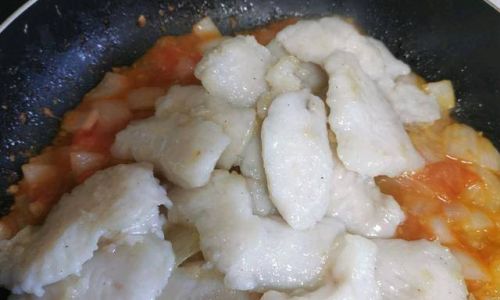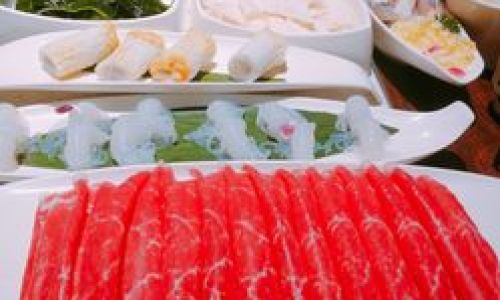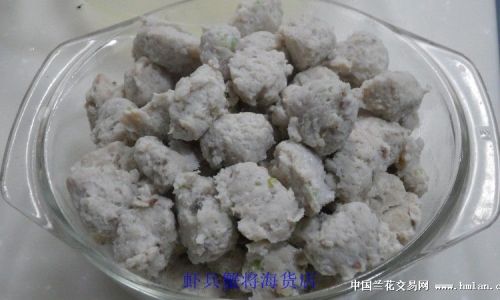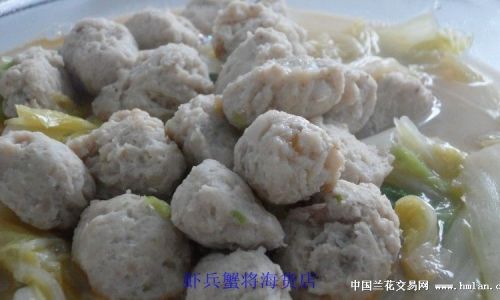Table of content
Basa fish, a mild-flavored, white-fleshed river fish native to Southeast Asia, has gained immense popularity worldwide for its delicate texture and versatility in the kitchen. Often compared to cod or haddock, basa’s low fat content and subtle taste make it an ideal canvas for bold flavors, while its flaky yet firm structure ensures it holds up well in various cooking methods. The key to elevating basa fish from ordinary to extraordinary lies in mastering techniques that preserve its natural tenderness while infusing it with depth of flavor. This comprehensive guide will explore expert-approved methods to cook basa fish to perfection—ensuring it is moist, silky-smooth, and bursting with savory appeal.
Understanding Basa Fish: Texture and Flavor Profile
Before diving into cooking techniques, it’s essential to grasp what makes basa fish unique. Unlike oily fish like salmon or mackerel, basa has a lean, mild flavor with a slightly sweet undertone. Its flesh is soft and flaky, making it prone to drying out if overcooked. However, when handled correctly, basa rewards with a melt-in-your-mouth texture that pairs beautifully with aromatic herbs, spices, and sauces.

Preparation: The Foundation of Perfect Basa
Selecting Fresh or Frozen Basa
- Fresh Basa: Look for fillets with glossy, translucent flesh and no fishy odor. The skin should be moist but not slimy.
- Frozen Basa: Opt for vacuum-sealed packages labeled “IQF” (Individually Quick Frozen) to ensure minimal ice crystals and freezer burn. Thaw slowly in the refrigerator overnight.
Pat Dry, Don’t Skip
Excess moisture is the enemy of crispy skin and even cooking. After thawing, gently pat the fillets dry with paper towels. This step is crucial for methods like pan-searing or baking, as it prevents steaming and ensures golden brown results.
Marinating for Maximum Flavor
Basa’s mild taste benefits from marinades that enhance without overpowering. Simple yet effective options include:
- Lemon-Herb Marinade: Olive oil, lemon zest, minced garlic, fresh dill, and a pinch of salt.
- Asian-Inspired Marinade: Soy sauce, ginger, sesame oil, rice vinegar, and honey.
Marinate for 15–30 minutes (avoid longer periods, as the acid in citrus or vinegar can break down the delicate flesh).
Dredging for Tenderness
A light coating of cornstarch or rice flour acts as a protective barrier, sealing in moisture and creating a velvety texture. This technique, commonly used in Asian stir-fries, works wonders for basa.

Cooking Methods: From Crispy to Silky
Pan-Searing: The Golden Standard
Pan-searing basa fillets yields a crisp exterior and tender interior. Here’s how to nail it:
- Step 1: Heat a nonstick skillet over medium-high heat. Add a neutral oil with a high smoke point (e.g., canola or grapeseed).
- Step 2: Once hot, place the fillets skin-side down (if skin-on) and press gently to prevent curling.
- Step 3: Sear for 3–4 minutes until the edges turn opaque. Flip carefully and cook for another 2–3 minutes.
- Pro Tip: For extra crispiness, dust the skin with cornstarch before searing.
Steaming: Preserving Purity
Steaming basa retains its natural moisture and delicate flavor.
- Step 1: Place fillets on a heatproof plate. Top with ginger slices, scallions, and a splash of Shaoxing wine.
- Step 2: Steam over boiling water for 7–8 minutes (adjust for thickness).
- Finish: Drizzle with sesame oil and soy sauce, then garnish with cilantro.
Baking: Hands-Off Perfection
Baking is ideal for feeding a crowd or adding richness with sauces.

- Step 1: Preheat the oven to 375°F (190°C). Line a baking dish with parchment paper.
- Step 2: Arrange fillets in a single layer. Top with lemon slices, cherry tomatoes, and a pat of butter.
- Step 3: Bake for 12–15 minutes until the flesh flakes easily.
- Variation: For a parmesan crust, mix grated parmesan, breadcrumbs, and melted butter. Sprinkle over the fillets during the last 5 minutes.
Poaching: Silken Delicacy
Poaching basa in flavorful liquid results in an ethereal texture.
- Step 1: Simmer a court-bouillon (water, white wine, vegetables, and herbs) in a wide skillet.
- Step 2: Gently slide the fillets into the liquid. Poach at a bare simmer for 5–6 minutes.
- Step 3: Serve with the poaching liquid reduced to a sauce, or drizzle with brown butter and capers.
Deep-Frying: Crispy Indulgence
For a decadent twist, deep-fry basa in a light, crispy batter.
- Step 1: Prepare a beer batter (flour, cornstarch, cold beer, and a pinch of baking powder).
- Step 2: Heat oil to 350°F (175°C). Dip fillets into the batter, letting excess drip off.
- Step 3: Fry for 3–4 minutes until golden. Serve with tartar sauce or malt vinegar.
Secrets to Guaranteed Tenderness
- Cook to Doneness, Not Time: Basa cooks rapidly. Overcooking by even a minute turns it dry. Use the “flake test”—insert a fork at an angle; the fish should separate into moist, opaque layers.
- Low and Slow for Sauces: When simmering basa in curries or stews, add it during the last 5 minutes to prevent breaking apart.
- Acid Balance: If using tomatoes or citrus in the cooking liquid, neutralize acidity with a pinch of sugar.
- Resting Period: Let cooked basa rest for 2–3 minutes before serving. This allows juices to redistribute, ensuring moisture.
Flavor Pairings: Elevating Basa’s Subtlety
- Citrus: Lemon, lime, or yuzu zest brighten the fish’s mildness.
- Herbs: Dill, cilantro, basil, and parsley add freshness.
- Spices: Paprika, cumin, or turmeric provide earthy warmth.
- Aromatics: Garlic, ginger, and shallots build complexity.
- Fat: Olive oil, butter, or coconut milk enrich the texture.
Troubleshooting Common Issues
- Mushy Texture: Overcooking or using low-quality frozen fillets. Stick to reputable brands and cook to 140°F (60°C) internal temperature.
- Fishy Aftertaste: Under-rinsing the fish or using stale stock. Soak fillets in milk for 10 minutes before cooking to neutralize odors.
- Sticking to the Pan: Ensure the skillet is fully preheated, and use enough oil. Nonstick pans work best for delicate fish.
Global Inspirations: Basa in World Cuisines
- Vietnamese Caramelized Basa (Cá Kho Tộ): Simmer fillets in a sweet-savory sauce of fish sauce, palm sugar, and garlic.
- Thai Basil Basa: Stir-fry with chili, basil, and oyster sauce for a fragrant one-pan meal.
- Mediterranean Basa en Papillote: Bake in parchment with olives, tomatoes, and feta.
- Indian Basa Curry: Simmer in coconut milk with turmeric, mustard seeds, and curry leaves.
Serving Suggestions: Beyond the Plate
- Tacos: Flake cooked basa into warm tortillas with slaw and chipotle crema.
- Salads: Toss with arugula, avocado, and mango for a light lunch.
- Pasta: Combine with linguine, cherry tomatoes, and a garlic-white wine sauce.
- Bowls: Layer over quinoa with roasted veggies and tahini dressing.
Sustainability Note
While basa is affordable and widely available, opt for fillets certified by the Aquaculture Stewardship Council (ASC) to ensure responsible farming practices. Avoid overfished species and support brands committed to eco-friendly feed and waste management.

Conclusion: The Art of Simplicity
Basa fish’s beauty lies in its adaptability—a blank slate for culinary creativity. Whether pan-seared to golden perfection, steamed with Asian aromatics, or baked in a herbed crust, the key to unforgettable basa is respect for its delicate nature. By mastering cooking times, employing protective coatings, and balancing flavors, you can transform this humble fish into a restaurant-worthy dish that delights the palate with every silken bite. Experiment, taste, and let basa’s versatility inspire your next meal.






0 comments